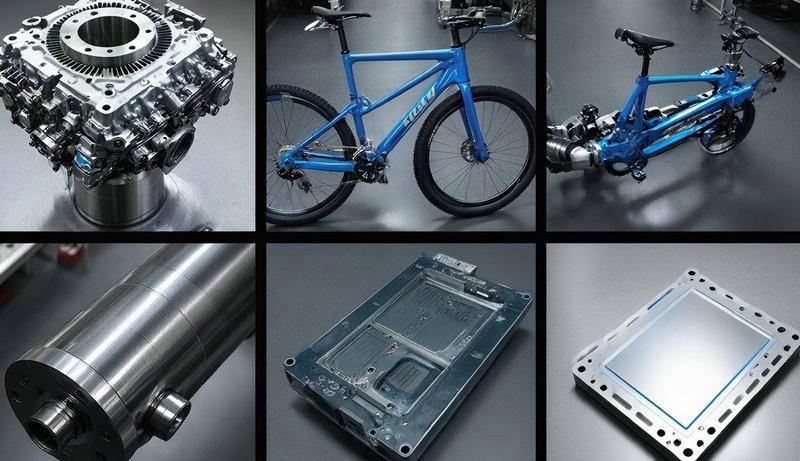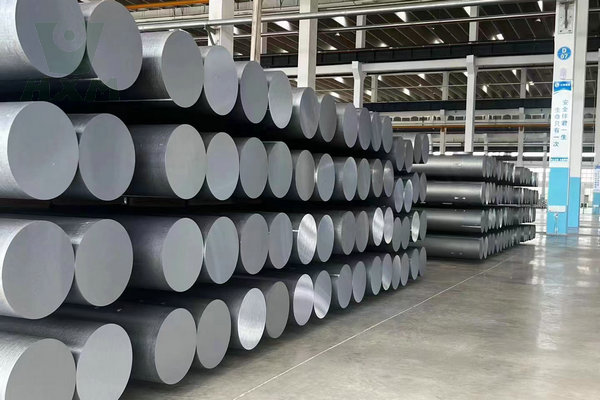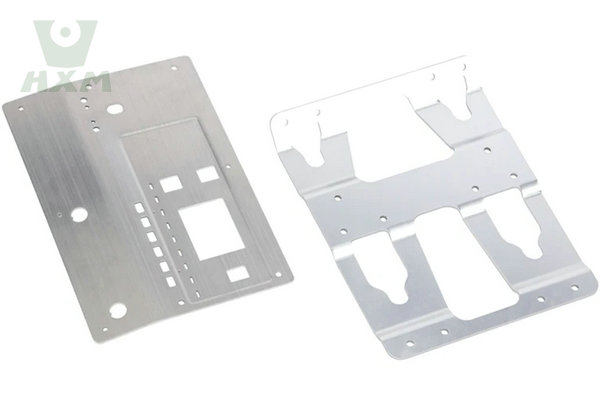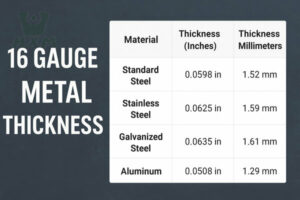Raw aluminum in the form of billets and ingots is just the starting point. The true value and versatility of aluminum are unlocked through a series of sophisticated processing techniques that shape it, strengthen it, and protect it. Understanding these processes is key for any buyer who needs custom aluminum components.
At HXM Aluminum, we are more than just a material supplier; we are a full-service manufacturing partner. This guide will walk you through the critical processing techniques that transform raw aluminum into the high-performance products your projects demand.

Primary Shaping: Hot/Cold Rolling and Extrusion

The first step is to shape the aluminum into a usable form.
Rolling (Hot & Cold): This process involves passing aluminum through heavy rollers to reduce its thickness and create uniform sheets, plates, and coils.
Hot Rolling is done at high temperatures and is ideal for creating large stock material.
Cold Rolling is done at room temperature to achieve tighter tolerances, improved strength, and a smoother surface finish. This is how we produce our high-precision aluminum sheets and coils.
Extrusion: This is a highly versatile process where a heated aluminum billet is forced through a custom-shaped die, much like squeezing toothpaste from a tube. It allows for the creation of complex cross-sections and custom profiles, from simple T-shapes to intricate, project-specific designs. Our advanced extrusion lines can produce custom profiles to your exact specifications.
Secondary Fabrication: Cutting, Bending, and Stamping
Once the primary shape is created, it must be fabricated to precise dimensions.
Precision Cutting: Using high-speed saws, waterjets, or lasers to cut aluminum sheets and extrusions to the exact length and shape required.
Bending and Forming: Shaping the aluminum into angles and curves using press brakes and other forming tools.
Stamping and Punching: Using a die to cut or punch holes and shapes into aluminum sheet metal for components like enclosures and brackets.

Surface Finishing: The Key to Performance and Aesthetics
The final step is often a surface treatment, which enhances both the look and durability of the aluminum part.
Anodizing: An electrochemical process that creates a thick, extremely durable and corrosion-resistant oxide layer on the aluminum’s surface. It can be dyed to produce a range of colors and is a preferred finish for architectural and consumer electronics applications.
Powder Coating: A dry powder is applied electrostatically and then cured under heat to form a hard finish that is tougher than conventional paint. It provides excellent protection and an almost unlimited range of colors.
Brushing and Polishing: Mechanical treatments that create a decorative finish. Brushing produces a satin look with fine, parallel lines, while polishing creates a smooth, mirror-like surface.

The HXM Aluminum Advantage: Your One-Stop Solution
Navigating these options can be complex. That’s why working with an integrated aluminum alloy supplier is so important. With our comprehensive in-house capabilities—from casting and rolling to extrusion and finishing—we control the quality at every step of the process. We ensure that the material you choose is perfectly processed to deliver the performance you expect.
Need custom aluminum parts manufactured to your exact specifications? Upload your technical drawings to our portal or contact our engineering team today. We’ll provide a comprehensive quote for your entire project, from material to finished product.


